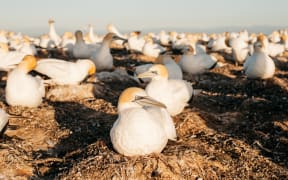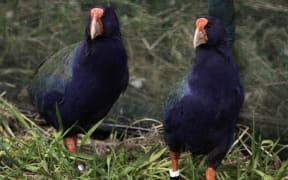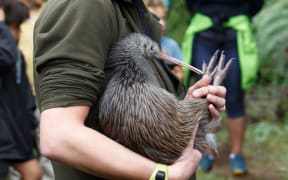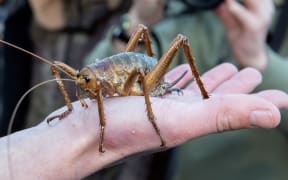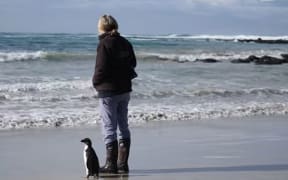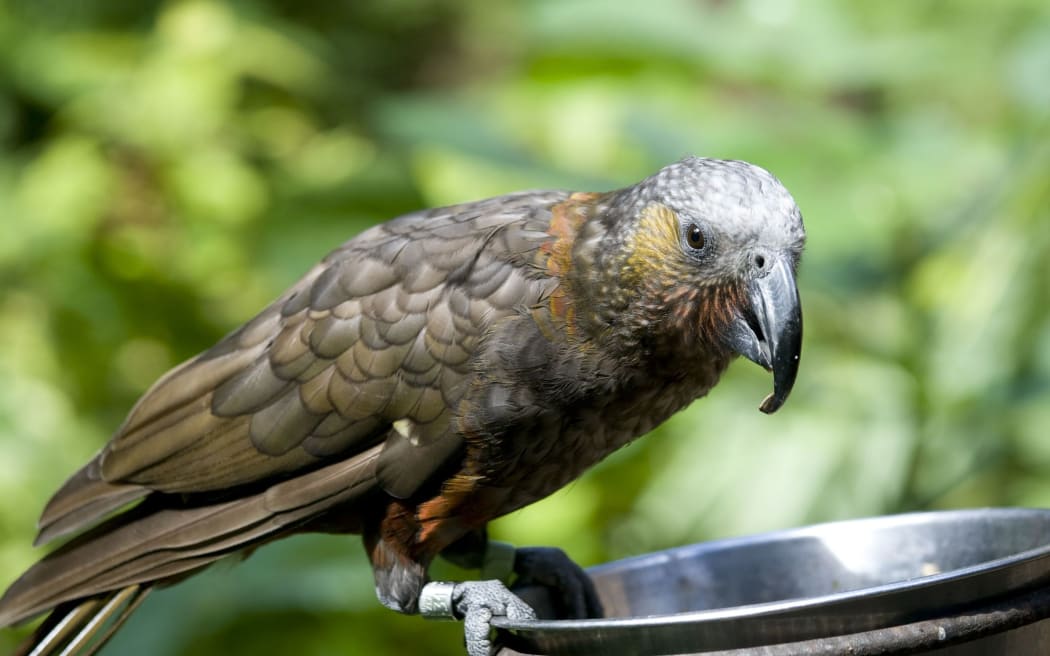
DOC principal scientist, Colin O'Donnell says the standout number of kākā observed in the most-recent survey was likely due to the birds being attracted by an abundance of flowering mistletoe in the valley. Photo: 123RF
Figures from the most-recent bird count in a South Westland valley show numbers of kākā have doubled in the last year.
The Department of Conservation (DOC) has been carrying out an annual bird count in the Landsborough Valley for the last 25 years.
Data shows eight native bird species have steadily increased in number over this time, while six other species remain stable. Overall, native birdlife has more than doubled in this remote beech forest-clad valley.
DOC principal scientist, Colin O'Donnell said the Landsborough was a showcase for how forests and wildlife responded when rats, stoats and possums were effectively managed long-term.
Predator control began in the Landsborough in 1994, and DOC also carries out aerial applications of 1080 and extensive trapping in the area.
Colin O'Donnell said the figures showed native birds were continuing to increase, including species like pīpipi/brown creeper, tītitipounamu/ rifleman and kākāriki/yellow-crowned parakeet.
"Kākā were the standout in the most recent results with numbers doubling from the previous year - no doubt attracted by the mistletoe which was flowering in big splashes of red across the valley."
O'Donnell said when the bird count started 25 years ago only 18 kākā were spotted, and in the most recent year 116 kākā were observed.
There had also been an impressive increase in mohua/yellowhead over the course of the study, with only 14 seen in the first count, and 485 in the most recent, he said.
Overall, native bird numbers in the areas had doubled over the 25 years, he said.
"The birds are so abundant, the forest is alive with birdcall all over the place. The kākā numbers were really high which was gratifying but some of the other birds that have increased steadily over the years are maintaining increases which is really exciting to see."
There were, however, some declines. The number of silvereye/tautou and long-tailed cuckoo/koekoeā numbers had both declined.
Greater competition for nectar from tuī and bellbird may have suppressed silvereye numbers, and long-tailed cuckoo migrate to the Pacific islands each winter and may be being affected by conditions there, O'Donnell said.
Introduced bird numbers had also declined.
The DOC team spend several days in early summer each year doing 5-minute bird counts at 174 stations in the Landsborough. Since the monitoring began 25 years ago the teams have counted around 106,000 birds.
